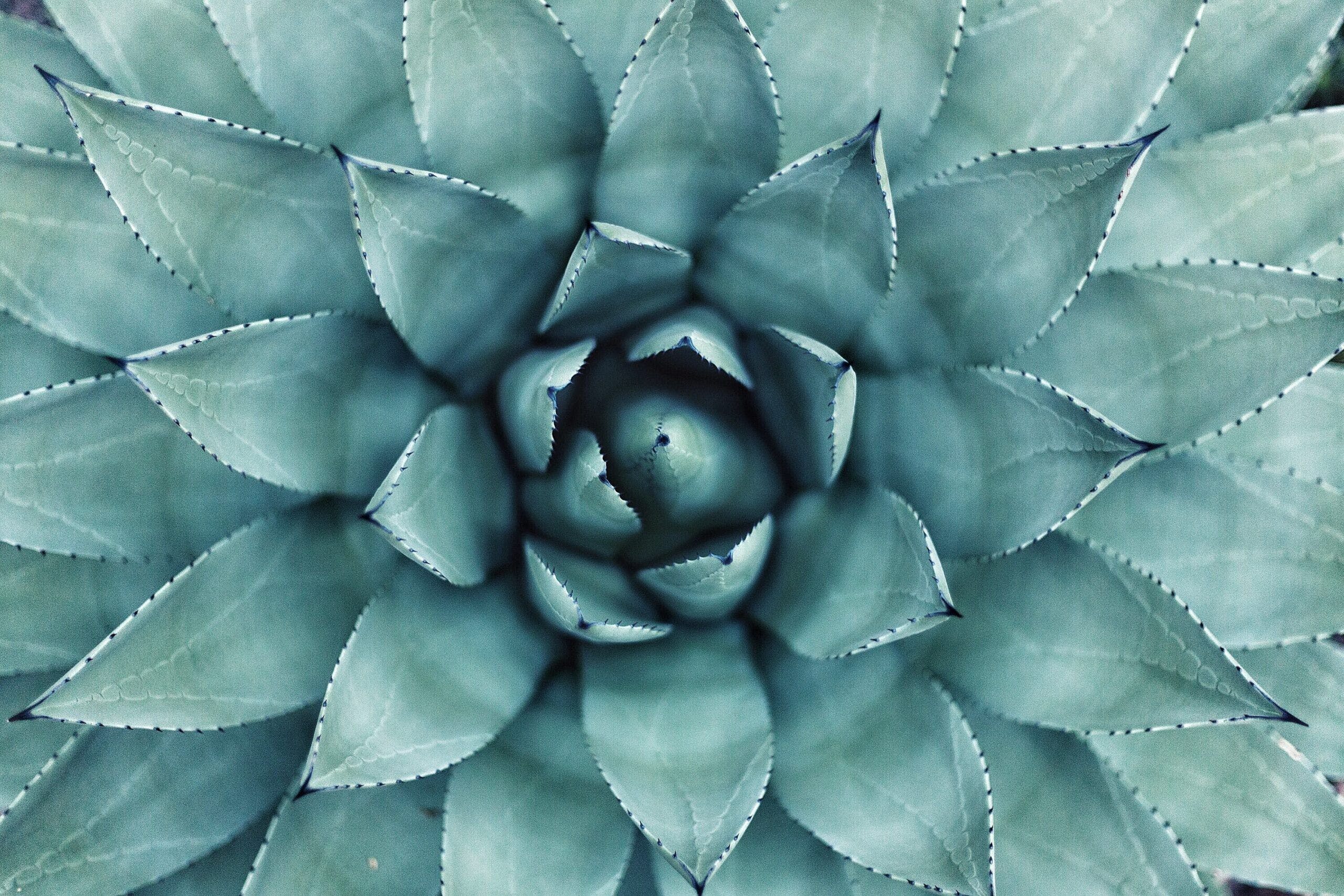“Eco-friendly, nature-friendly, sustainable.”
These are some of the buzzwords that have been trending for so long. As a result, everyone is trying to bring “nature” into their lives in every way they can. Since nature is in full bloom, many homeowners undoubtedly ensure that their home reflects it.
For example, decorating with green plants, flowers, or cacti isn’t going anywhere. In the same way, creating a botanical accent wall is also growing. And why not? They are an easy and attractive way to add more greenery to your house. It is primarily a great addition if you are blessed with a green thumb.
But are they a more straightforward solution? Let’s find out!
Custom Wallpaper for Creating a Botanical Accent Wall
Many interior designers and homeowners suggest that it is the easiest way to make a design statement. And since it allows you to get access to thousands of patterns and textures and customizable peel and stick wallpaper, you don’t have to worry about repainting the entire room.
And guess what, it is less costly than hiring a painter. However, many homeowners believe that paint is still an easier job to do than opting for wallpaper.
Why is it easy?
While wallpaper has been there for ages, its resurgence is because of the new printing techniques. It’s nothing like your grandmother’s wallpaper at all. If you want a minimalistic look, you’ll find a botanical wallpaper that is peel and stick to accentuate your room and surroundings.
Still, how is it easy?
When it comes to this wallpaper, it’s more or less like a sticker. You typically need the following things to apply a peel and stick wallpaper on any wall.
- Tape measure
- Sharp blades
- Level
- A dry cloth
- Soft edge squeegee
- Straight edge for trimming
Once you have all the tools ready, here’s what you need to do.
- Clean wall: To remove any residue on your wall. You can use drywall for this.
- Measure the wall and secure the panel with tape: This will help you level the panel quickly.
- Peel the wallpaper: Now begin peeling around 6-10 inches of backing from the panel. While doing so, fold the paper backing with a firm crease. However, make sure you don’t crease the patterned wallpaper.
- Stick to the wall: Now start applying from the left side of your wall. You can use a level to ensure it’s nice and level.
- Trim: You can easily trim any excess wallpaper using a sharp blade. Using a straight edge will help get a clean, professional look.
Now repeat the step for the next panel and place it on the side to avoid any overlap. You can use a squeegee to apply the corners firmly into corners or edges.
Conclusion
Of course, both paint and wallpaper can brighten up a dull room. However, wallpaper is easy and mess-free compared to the painting job. But that’s not all!
- It will help you disguise blemished or not-so-perfect walls.
- It softens the look of any rough architectural features.
- It is a flexible design addition that comes in different patterns and textures.



Comments are closed.